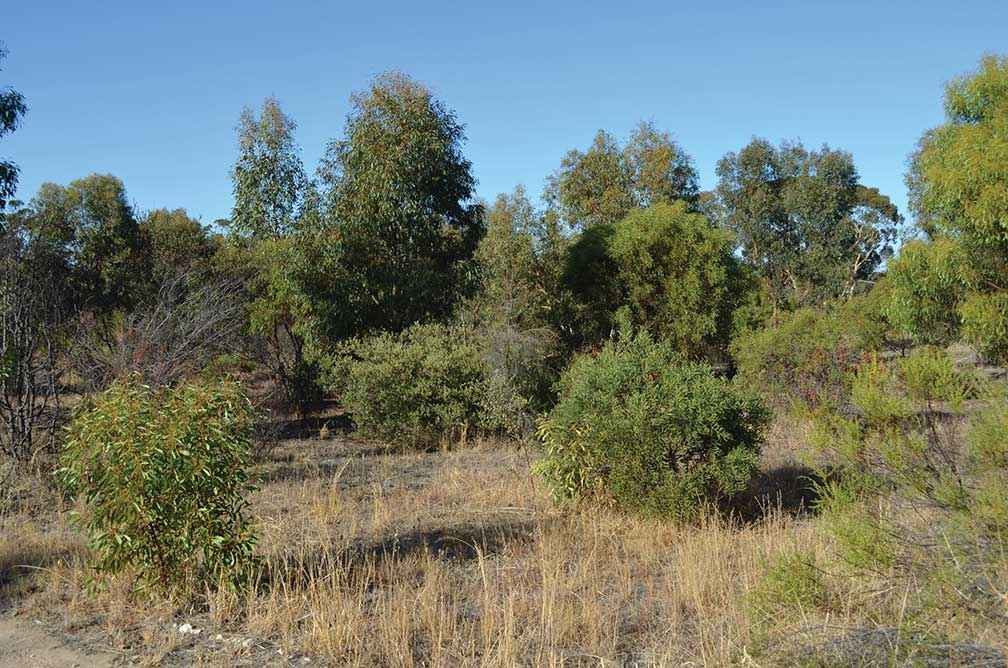Victorian Landcare Magazine - Winter 2018, Issue 72

With so much financial and social investment in revegetation projects, an obvious question to ask is – does revegetation actually provide important habitat for wildlife, or are we just planting trees?
Project Hindmarsh is the vision of the Hindmarsh Landcare Network, and it aims to build a biolink between the Little Desert and Big Desert in western Victoria. The project has been going since 1998 and has seen more than four million trees and shrubs planted on roadsides and private property in the Hindmarsh and West Wimmera Shires.
Keen to understand whether our biolink is actually making a difference, we applied for a Victorian Government Biodiversity On-ground Action – Community and Volunteer Action Grant to undertake bird surveys at eight Project Hindmarsh sites. We selected sites of different ages and used volunteer birdwatchers to survey sites for birds, with a focus on threatened species.
Community volunteers, mostly from BirdLife Nhill, undertook surveys once for each season of the year during 2017, producing four surveys of each site in total. A standardised survey method was used where volunteers recorded all of the birds identified in a two-hectare area during a 20-minute period. The oldest revegetation site surveyed was planted in 2000, with the youngest planted in 2016.
The results have shown a remarkable diversity of birds at Project Hindmarsh’s revegetation sites, with 59 different species recorded to date. Results have varied greatly between sites, with the older sites supporting many more birds than the younger sites.
The most common and most widespread species was the singing honeyeater, though it was only found in revegetation sites six years or older. We have also recorded a number of uncommon and declining woodland birds, such as the shy hylacola, white-browed babbler, black-eared cuckoo and red-capped robin in the older revegetation blocks.
Longstanding Nhill BirdLife member, Rod Stanford, who found the shy hylacola in an 11-year-old revegetation block, said he was surprised and quite thrilled to come across such a hard-to-see bird.
“Our most exciting find was recording a diamond firetail in a yellow gum woodland planted in 2006. This species is a listed threatened species in Victoria, so it’s great to know that revegetation can provide habitat for threatened species,” Rod said.
Our volunteers have been the key to the success of this project, and it is very rewarding to share their joy in the many different birds they have found in the revegetation sites. It is the volunteers and landholders who made this project such a success.
Jonathon Starks is the Landcare Facilitator for the Hindmarsh Landcare Network. His position is funded by the Victorian Landcare Facilitator Program.
For further information: contact Jonathon at jstarks@hindmarshlandcare.org.au

Above: Twelve-year-old revegetation site near Dimboola showing developing trees, shrubs and ground covers.